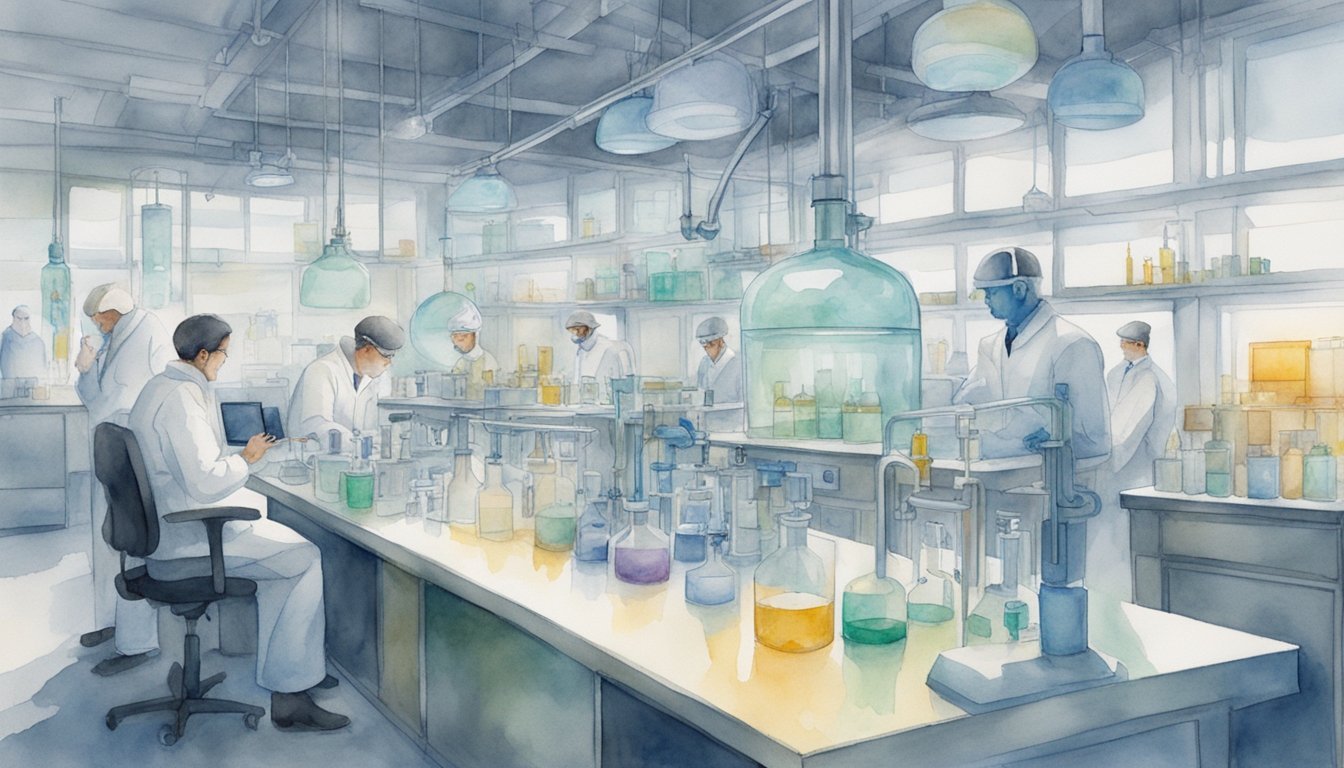Understanding Artificial Wombs
Historical Development
Artificial wombs have been a topic of interest in the scientific community for several years. In 2017, researchers at the Children’s Hospital of Philadelphia (CHOP) made significant progress with their experiment involving lamb fetuses. This experiment showcased the potential of artificial wombs for saving extremely premature infants in the future.
How It Works
An artificial womb aims to provide a womblike environment for extremely premature infants to continue their gestation outside of their mother’s body. The technology is characterized by five components: extracorporeal circulation, maintenance of fetal circulation, fluid-filled lungs, vascular access through the umbilical vessels, and a specialized environment for organs under development. It’s designed to maintain the optimal conditions to support the growth of the fetus, including supplying the necessary nutrients, oxygen, and mimicking amniotic fluid.
Types of Artificial Wombs
The most notable example of artificial womb technology is the Biobag system. It consists of a sealed, temperature-controlled enclosure filled with amniotic fluid. The fetus is supported by an artificial placenta connected to the umbilical cord, which provides necessary nutrients and removes waste products similar to the natural gestation process.
Artificial Womb Technology Advances
Recent advances have paved the way for the potential use of artificial wombs in human trials. US regulators will consider clinical trials of a system that mimics the womb and could revolutionize the care of extremely premature infants. This technology may also increase our understanding of fetal physiology and development, contributing to the advancement of reproductive and neonatal medicine.
This fascinating field of study has the potential to save lives and change the way we view pregnancy and childbirth. With continued research and development, artificial womb technology may one day become a viable option for premature infants, providing them with the opportunity for a healthier start in life.
Ethical, Legal, and Social Implications

Moral and Ethical Considerations
Artificial womb technology, also known as ectogenesis, introduces a new set of moral and ethical considerations. One significant concern is the impact on the fetus and its development. Unlike a traditional pregnancy, the fetus in an artificial womb is not exposed to the mother’s hormones, emotions, or other factors that could potentially influence development. This raises questions about the potential long-term effects on newborns’ physical and mental health.
Ethical considerations regarding viability also arise as ectogenesis may alter traditional definitions of when a fetus is considered viable outside the womb. The capacity to sustain life outside the womb could lead to debates surrounding the morality of abortion and the rights of the fetus.
Another area of concern is the potential for increased disparity between those who can afford this technology and those who cannot. Ectogenesis could further widen the socioeconomic gap in access to healthcare and potentially exacerbate existing inequities in society.
Legal Frameworks and Legislation
As artificial womb technology advances, current legal frameworks may need to be revised to address potential conflicts. Issues, such as pregnancy and parenthood, will need to be redefined as this technology becomes more widely available. Existing laws regarding fetal surgery, preterm birth, and disability rights may also need to be updated to accommodate new scenarios and dilemmas that emerge from ectogenesis.
There is a need for clear regulations to govern the clinical trials and approval processes for artificial womb technology. Entities, such as the FDA, will be responsible for ensuring the safety of these innovations and their potential applications. Legislators and policymakers will face the challenge of balancing the potential benefits of this technology with its ethical implications and the concerns of various stakeholders.
Societal Impact and Future Prospects
The progress of artificial womb technology has the potential for numerous societal impacts. In the realm of neonatal intensive care, the introduction of ectogenesis may lead to significant advancements in the care of premature infants, potentially improving survival rates and reducing long-term complications. The use of artificial wombs could also alleviate some of the burden on neonatal intensive care units, freeing up resources for other patients in need.
However, artificial wombs could also bring about new societal challenges. For instance, alternative options for pregnancy may lead to questions about the roles and responsibilities of parenthood, potentially affecting how families are formed and the significance of traditional pregnancy. In addition, the use of ectogenesis raises the possibility of a dystopian future in which women’s reproductive autonomy is potentially diminished or controlled by others.
In order for artificial womb technology to fulfill its potential while respecting individual rights and societal values, careful consideration of ethical, legal, and social implications is essential. Balancing the potential benefits of ectogenesis with these challenges will be crucial as researchers, clinicians, and policymakers navigate the future of artificial wombs.

